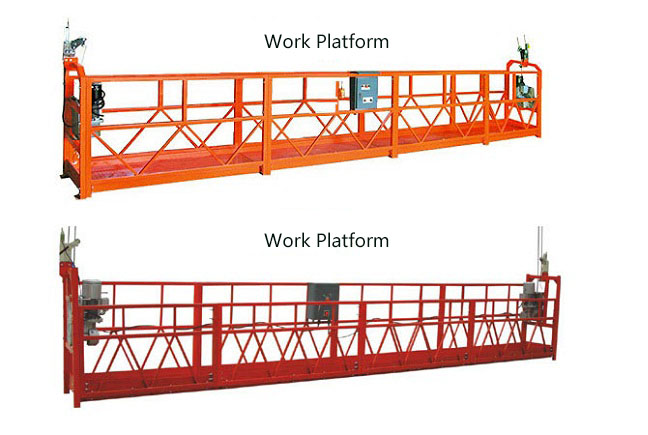How much do you know about construction cranes?
The first construction cranes were invented by the Ancient Greeks and were powered by men or beasts of burden, such as donkeys. These cranes were used for the construction of tall buildings. Larger cranes were later developed, employing the use of human treadwheels, permitting the lifting of heavier weights. In the High Middle Ages, harbour cranes were introduced to load and unload ships and assist with their construction – some were built into stone towers for extra strength and stability. The earliest cranes were constructed from wood, but cast iron and steel took over with the coming of the Industrial Revolution.
For many centuries, power was supplied by the physical exertion of men or animals, although hoists in watermills and windmills could be driven by the harnessed natural power. The first 'mechanical' power was provided by steam engines, the earliest steam crane being introduced in the 18th or 19th century, with many remaining in use well into the late 20th century. Modern cranes usually use internal combustion engines or electric motors and hydraulic systems to provide a much greater lifting capability than was previously possible, although manual cranes are still utilised where the provision of power would be uneconomic.
Cranes exist in an enormous variety of forms – each tailored to a specific use. Sizes range from the smallest jib cranes, used inside workshops, to the tallest tower cranes, used for constructing high buildings, and the largest floating cranes, used to build oil rigs and salvage sunken ships.
This article also covers lifting machines that do not strictly fit the above definition of a crane, but are generally known as cranes, such as stacker cranes and loader cranes.
In China Shanghai, i have known a construction crane manufacturer,Shanghai"SUCCESS' tower crane.Its construction crane are safe,low maintenance,high-level generalization.You can go to its site:http://www.buildinglift.com to have a look!
 Safe. Reliable. Efficient. Int
Safe. Reliable. Efficient. Int
 Ensuring Safety at Heights: Fo
Ensuring Safety at Heights: Fo
 How much do you know about con
How much do you know about con

